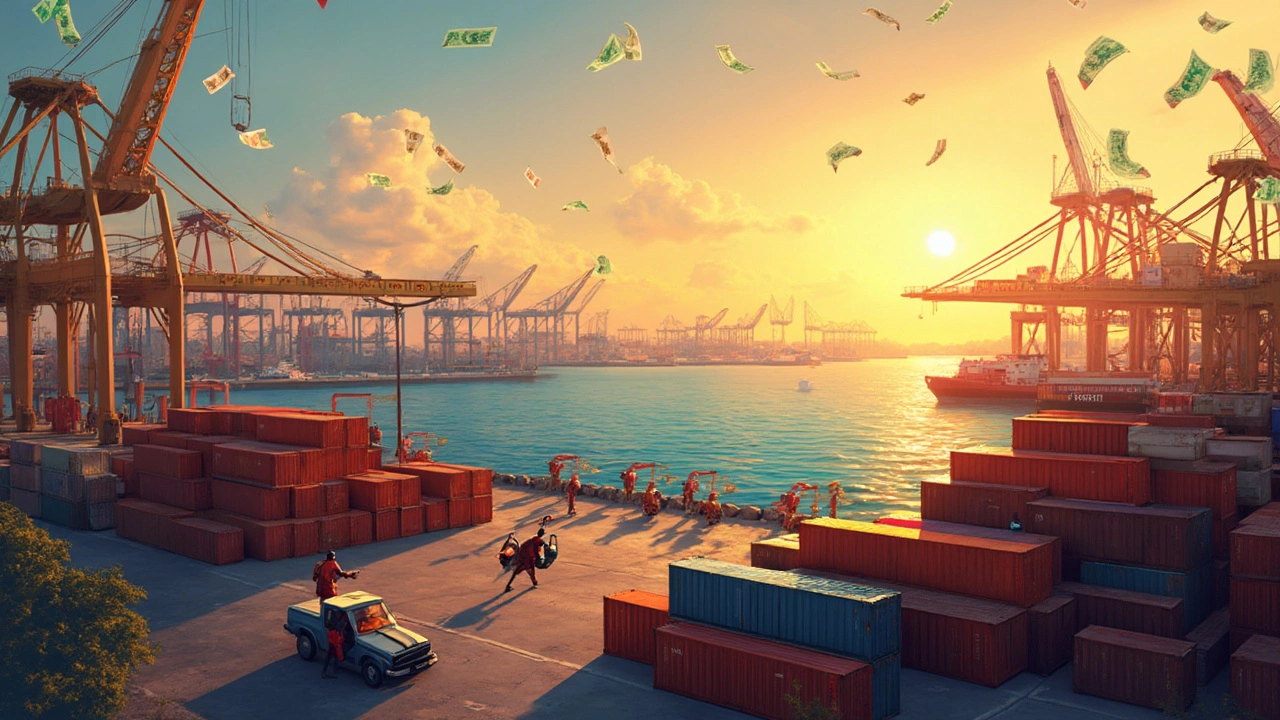Shipping Prices Explained – What Drives Costs and How to Cut Them
Ever wonder why a small parcel and a big box from the same city can cost wildly different amounts? You’re not alone. Shipping prices are a mix of clear factors and hidden fees, and knowing the mix lets you keep more money in your pocket.
What Determines Shipping Prices
First off, distance matters. The farther a package travels, the higher the mileage charge. Carriers often calculate this using a per‑mile rate, which in 2025 sits around $0.55‑$0.85 for standard ground, but can jump for express services.
Weight and dimensions come next. A 5‑kg box will cost more than a 2‑kg envelope, but oversized packages can be pricier than heavier, compact ones because they take up more space in the truck.
Speed is a big ticket item. Same‑day or overnight delivery adds a premium that can double or triple a regular rate. Services like 2‑day Priority Mail or next‑day letter delivery each have their own price tiers, so pick the speed that matches your need.
Carrier choice also matters. UPS, FedEx, DHL and regional players have different base rates and fuel surcharges. Some offer flat‑rate boxes that simplify pricing, while others charge by the pound.
Finally, extra fees like customs duties for international shipments, insurance, and handling of fragile items can sneak into the total. Ignoring these can turn a cheap-looking quote into a pricey surprise.
Practical Ways to Lower Your Shipping Bill
Start by comparing rates. Use online calculators or a logistics platform to see side‑by‑side quotes from multiple carriers. Even a small difference adds up over dozens of shipments.
Take advantage of flat‑rate services when they fit your package size. A 2‑day Priority Mail flat‑rate box, for example, can be cheaper than paying per ounce for a similar weight.
Bundle shipments. Sending several parcels together often unlocks volume discounts. If you run a regular supply chain, negotiate a contract with a carrier that locks in lower per‑mile or per‑package rates.
Optimize packaging. Reduce empty space with tighter boxes or use lighter packing materials. A lighter package means a lower weight charge, and a smaller box can qualify for lower dimensional pricing.
Ship from the nearest fulfillment center. The closer the origin to the destination, the lower the mileage cost. StockOne’s warehouse solutions can help you store inventory closer to your customers, trimming travel distance.
Consider regional couriers for short‑haul deliveries. They often have lower rates than global giants for same‑city or nearby‑city runs, and they can be just as reliable.
Finally, keep an eye on fuel surcharges. These fluctuate with market prices, so timing a shipment when fuel costs dip can shave off a few dollars.
Understanding the pieces that make up shipping prices puts you in the driver’s seat. Use these tips, compare carriers, and lean on smart logistics tools to keep your delivery costs under control while still getting packages where they need to go, fast.
Why Is My International Shipping So Expensive?
International shipping can often feel like a wallet-drainer for many. Transport logistics, fluctuating taxes, and unexpected fees contribute to high costs. Understanding these factors can help you find ways to minimize expenses. This article explores the causes behind those steep prices and offers practical tips to save money on international shipments.
Read More